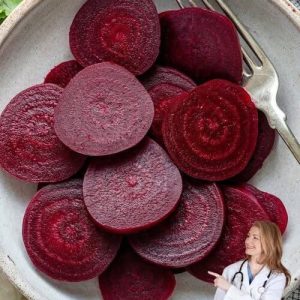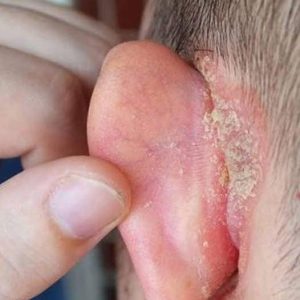American Cockroach (Periplaneta americana)
The American cockroach is one of the most common and largest cockroach species found worldwide.
Characteristics
These insects range from 3 to 5 cm in length and are reddish-brown with a pale yellow band behind their heads. They can live for over a year under favorable conditions.
Habitat
American cockroaches thrive in warm, humid environments like kitchens, basements, sewers, and places with food waste. They are highly adaptable and can survive on minimal food and water.
Damage and Risks
Despite their resilience, they pose serious health and hygiene concerns. They are known carriers of harmful bacteria such as Salmonella and E. coli, which can lead to foodborne illnesses. Their droppings, shed skins, and secretions may also trigger allergies and worsen asthma—especially in children and sensitive individuals.
These pests can contaminate food simply by touching it and often damage packaging and stored goods. They also chew on materials like paper, fabrics, and other organic matter, causing deterioration in homes, offices, and storage areas.
Possible Benefits
Though considered pests in homes, in the wild, American cockroaches play a role in the ecosystem by helping decompose organic matter. This aids in nutrient recycling in natural environments.
In Summary
While their presence indoors can pose significant health risks and material damage, American cockroaches also serve a purpose in the wild. Understanding their habits and impact is key to effective prevention and control.





